Joe Tomasovsky
A retired photography teacher returns to the Mississippi coast and finds another volunteer career: restoring extraordinary, never-seen-before historical images - and helping start a new photography museum.
- story by Pat Saik, images by Joe Tomasovsky
Situated on a large lot filled with old camellia bushes, oaks, and mature fruit trees, Joe can step outside his kitchen and obtain the raw materials for homemade preserves. Joe and his dog SuZi spend hours in the yard, enjoying the quiet and nurturing the plants and trees.
Luckily for our community and for the Gulf Coast, Joe had a brainstorm a while back: he decided to create a museum that shows the history of the Gulf Coast through photographs. That idea will reach fruition when the Mississippi Gulf Coast Museum of Historical Photography opens to the public this month. Born north of Baton Rouge, and then living a short stint in New Orleans, his parents moved Joe and his two younger brothers David and Jerry to Gulfport when Joe was just six. A graduate of Gulfport High, he went on to attend University of South Mississippi and got his first camera soon after graduation in 1968. “I had a particular motivation for buying a camera. I felt a strong impulse to illustrate the paradoxes of life through photography.” Some of Joe’s earliest images were captured on Bourbon Street with his cohort James de Buys. “I always had my camera with me," he says. "In New Orleans, a city of weirdness, I could just sit in a café, see a composition, and walk over and take the shot.”
Although he never had any formal training in photography, he gleaned his early knowledge first through friends. Moving to Florida in the mid-70’s he worked for a professional studio. When an opportunity to teach high school in Clearwater, Florida came his way, he applied for the job. Through the years, he built the four photography program to include an 80 station digital imaging lab.
“I would talk to my students about opportunity," he remembers. "I told them most people only have one or two opportunities to change their life. I recommended that they be in a position to take advantage of an opportunity when a window opens.” “I found it fulfilling,” Joe says. “I am proud of my students. Many went on to pursue photography careers themselves.” Joe pursues a philosophy of “working backstage.” He relates his own way of being to an admiration of Chinese culture, which encourages humility. He's traveled to China twice, first with a group of photography educators and later, alone and says he enjoys interactions with Chinese people, who have found contentment with a community identity and an absence of ego. He has studied the ancient works of Chinese philosophers Confucius and Lao Tzu. Lao Tzu’s teachings implied conducting one’s life with simplicity and humility. The photography museum will be a one-stop shop for researchers and others who are interested in the pictorial history of the Mississippi coast. Help for the museum came from Jim Miller, board member of the Mississippi Historical Society and Bob Kranz, a businessman in Gulfport. The grand opening for the museum, located in Biloxi’s Edgewater Mall will be in mid-November. The accumulation of enough material to justify a museum came gradually. One rich source unexpectedly landed in Joe’s lap when Paul Jermyn, project engineer for rocket engine testing at Stennis, contacted Joe about the collection of 600 5x8 glass plates he had purchased on eBay. The plates had been made by Willis Vail, lead engineer for the Gulf & Ship Island Railroad. The railroad line was being built to Jackson to transport south Mississippi’s vast timber resource to the new deep water harbor in Gulfport to be shipped all over the world. Between 1901 and 1905, Vail took photographs of building projects in and around Gulfport. Joe says these images “have never been published, never seen before. Mr. Vail made the shots and then put the plates away.” Joe volunteered to digitally restore the images from the 600 original glass plates.
One image is a view of Gulfport harbor, taken by William Henry Jackson, composed of five 8x10 glass plates that fit together to create a 180-degree panorama. The photograph Joe produced is eleven feet long. Another view is the 1901 panorama of Bay St. Louis at the bend on North Beach (see below). Other panoramas show the 1922 annual regatta in Biloxi, and downtown Gulfport in 1923.
It was Joe’s discerning eye that recognized that the pieces — the images on glass — fit together, something intentional the photographer had done to achieve a wide view when the photography technology at the time had not attained the ability to make panoramic images from large glass plates. “Coming back to the coast after 30 years, I realized our local history was lost and to a great extent forgotten with little knowledge of the last century.” “With the museum, I hoped to fill a vacuum and provide the public with a source of information to the past. It has always appealed to me as a teacher to create a museum as a center for research into a particular area.” Joe may be a person who likes to work backstage, but his work and commitment to community are front and center. For a real treasure trove of information and photographs, see also the museum’s website at msmohp.com. Comments are closed.
|
Categories
All
Archives
July 2024
|
Shoofly Magazine Partners
Our Shoofly Partners are local businesses and organizations who share our mission to enrich community life in Bay St. Louis, Waveland, Diamondhead and Pass Christian. These are limited in number to maximize visibility. Email us now to become a Shoofly Partner!

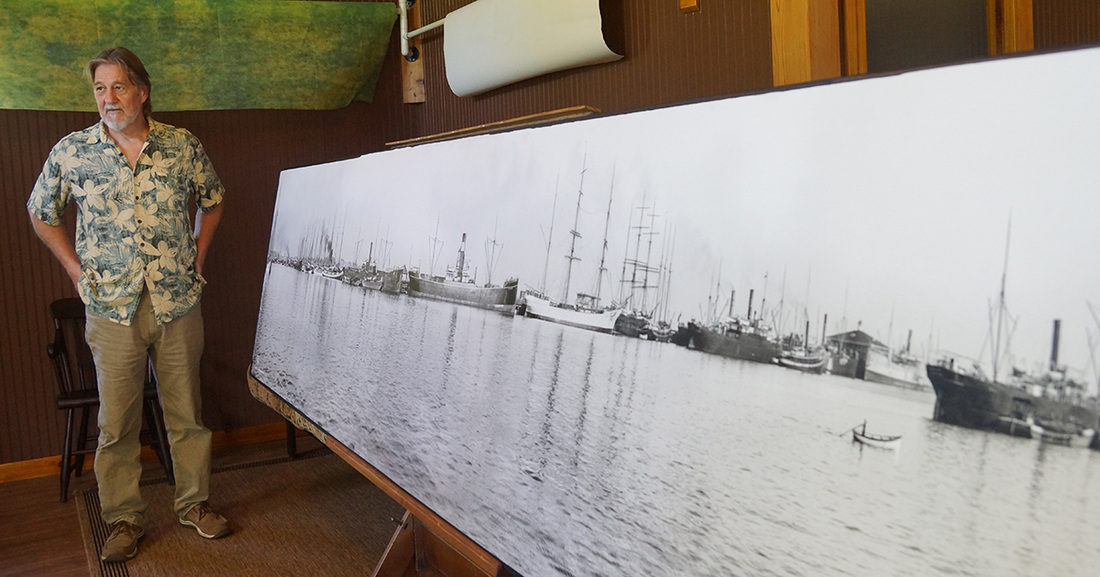

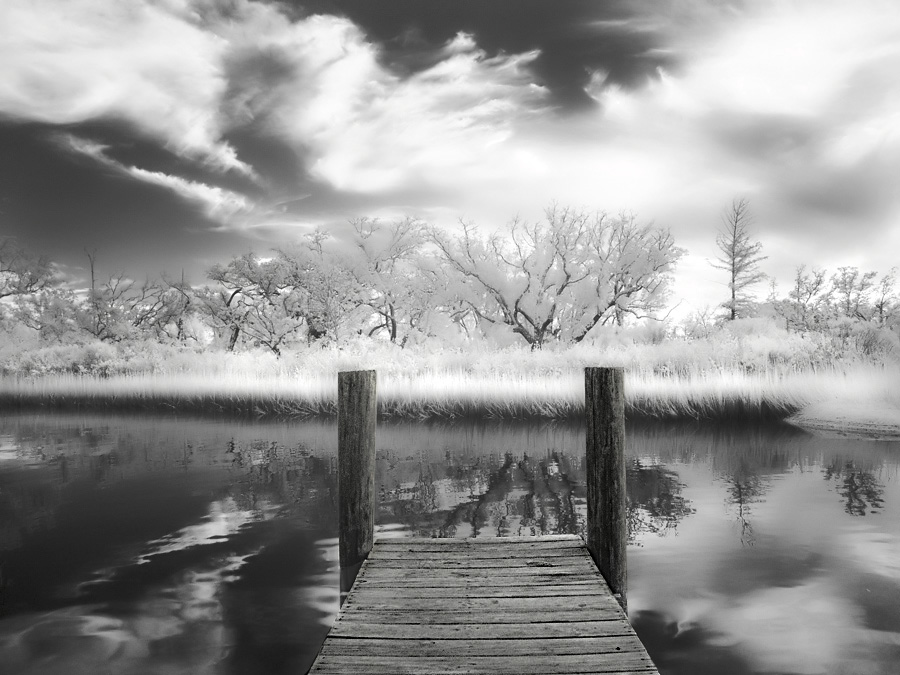
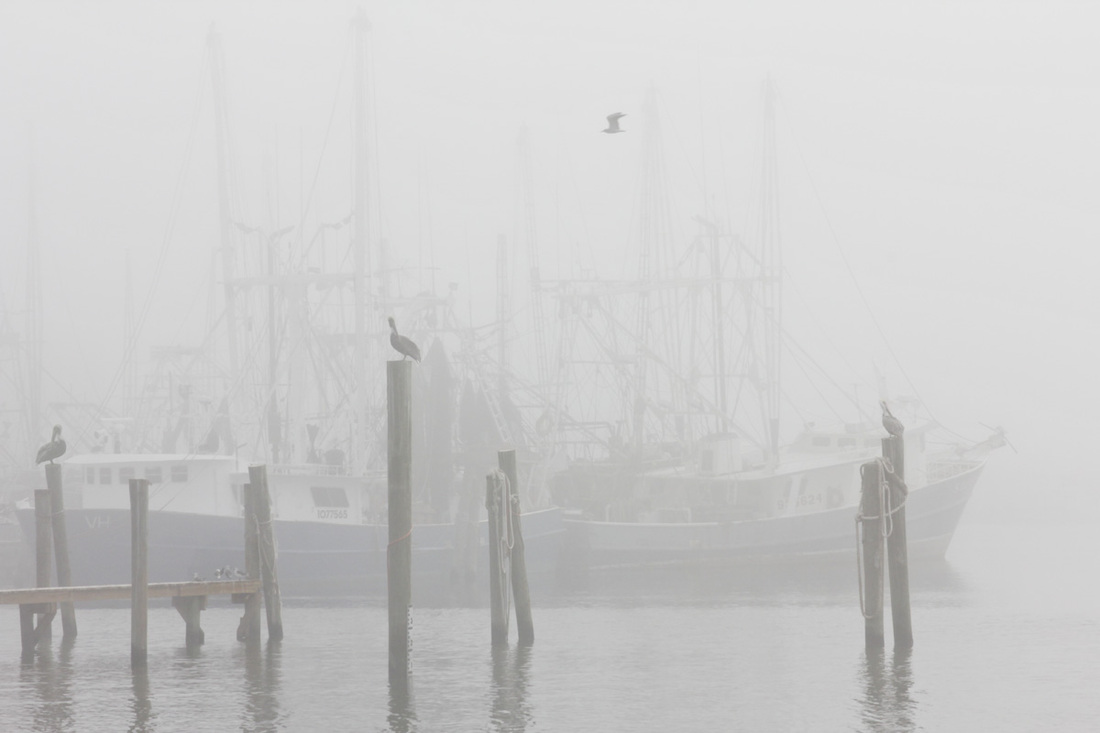
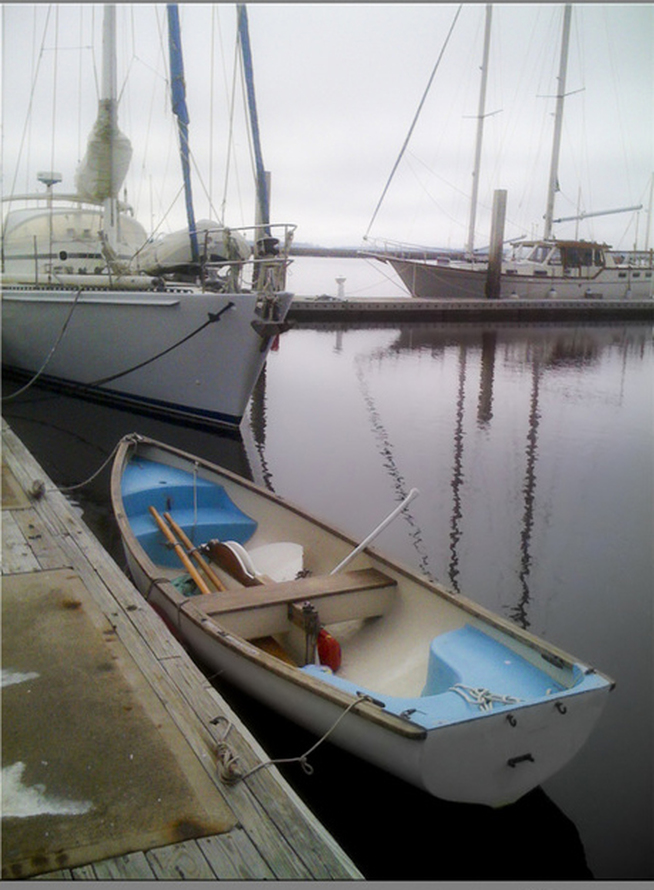
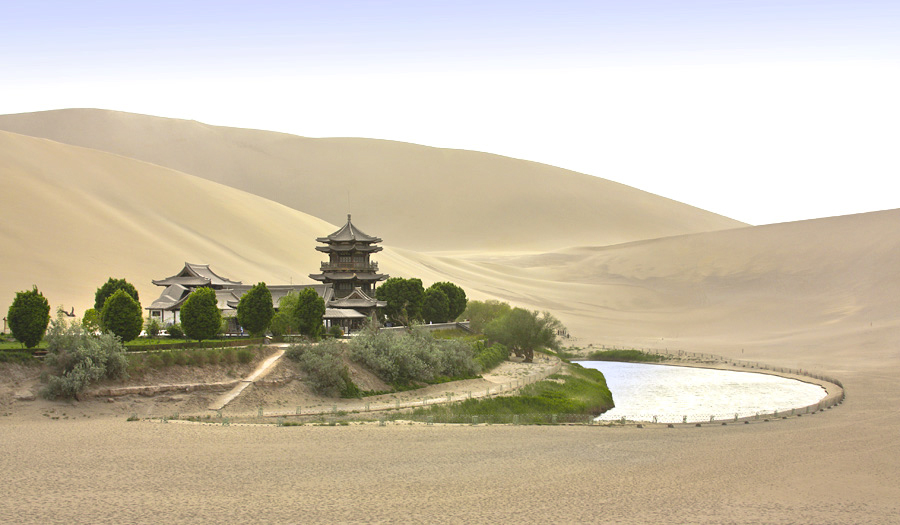
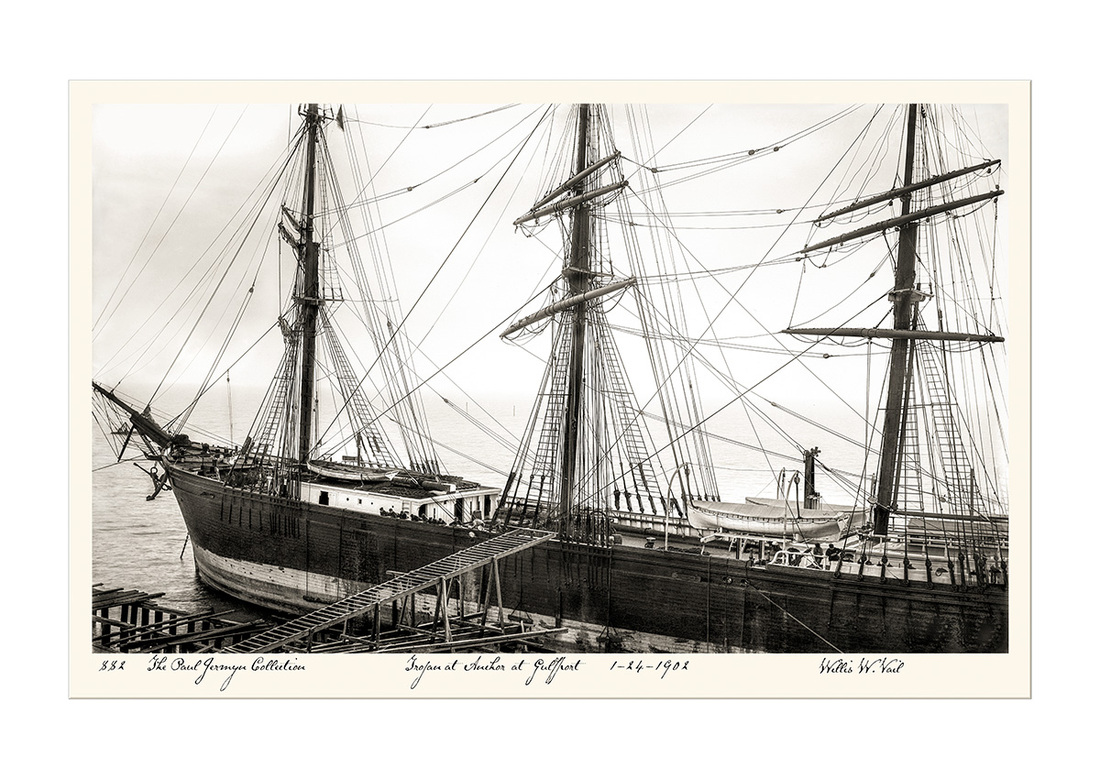
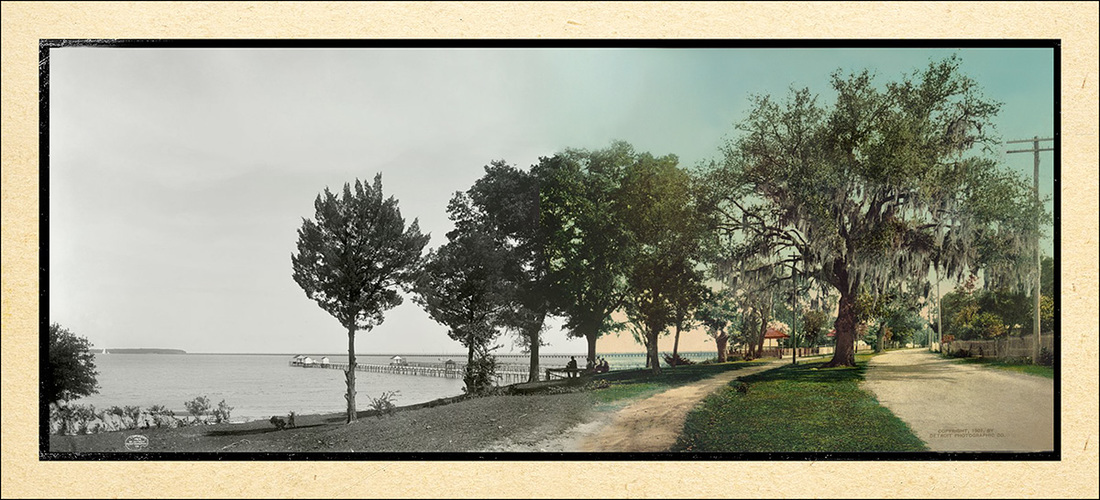

























 RSS Feed
RSS Feed























